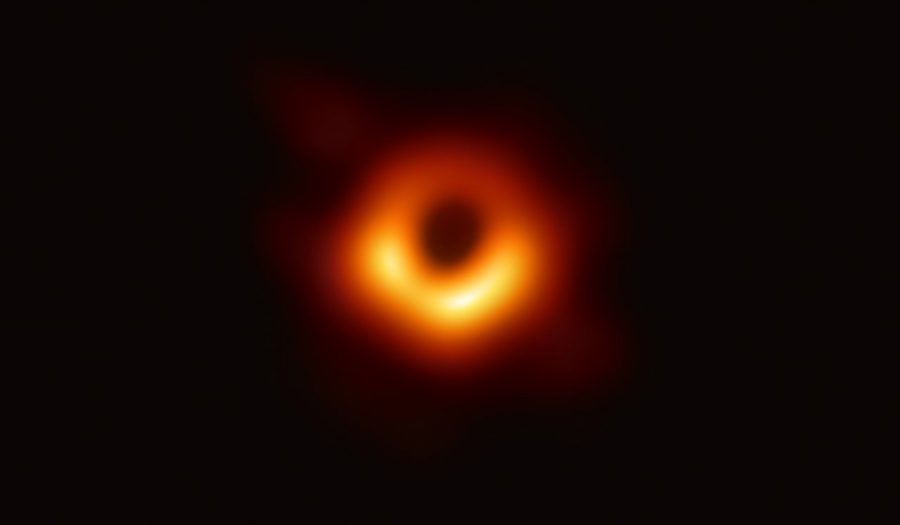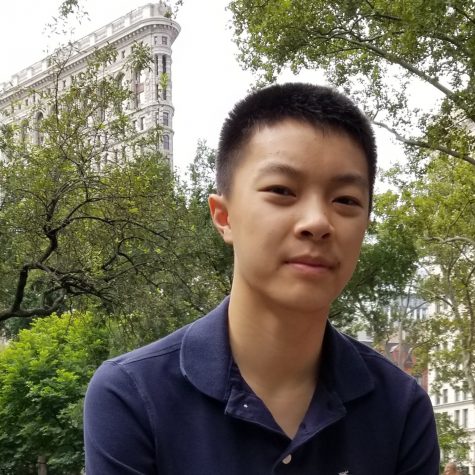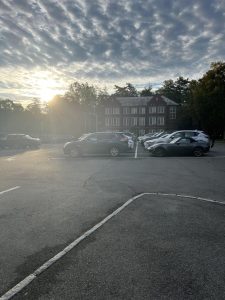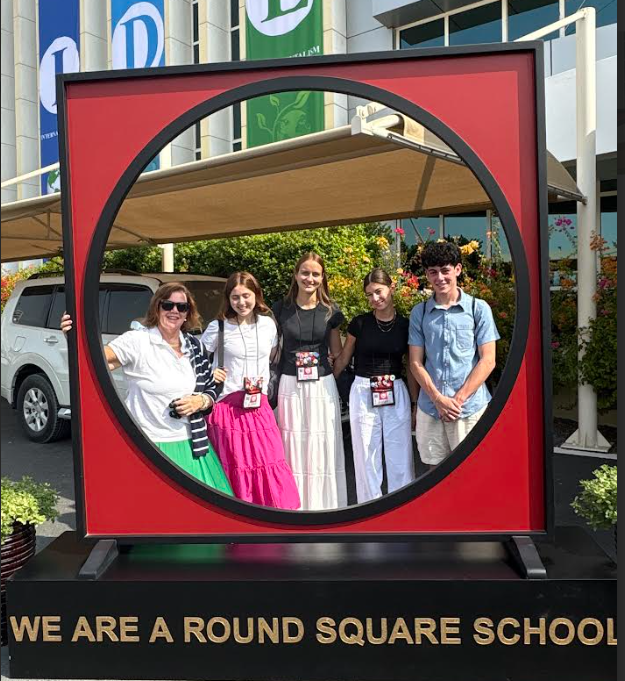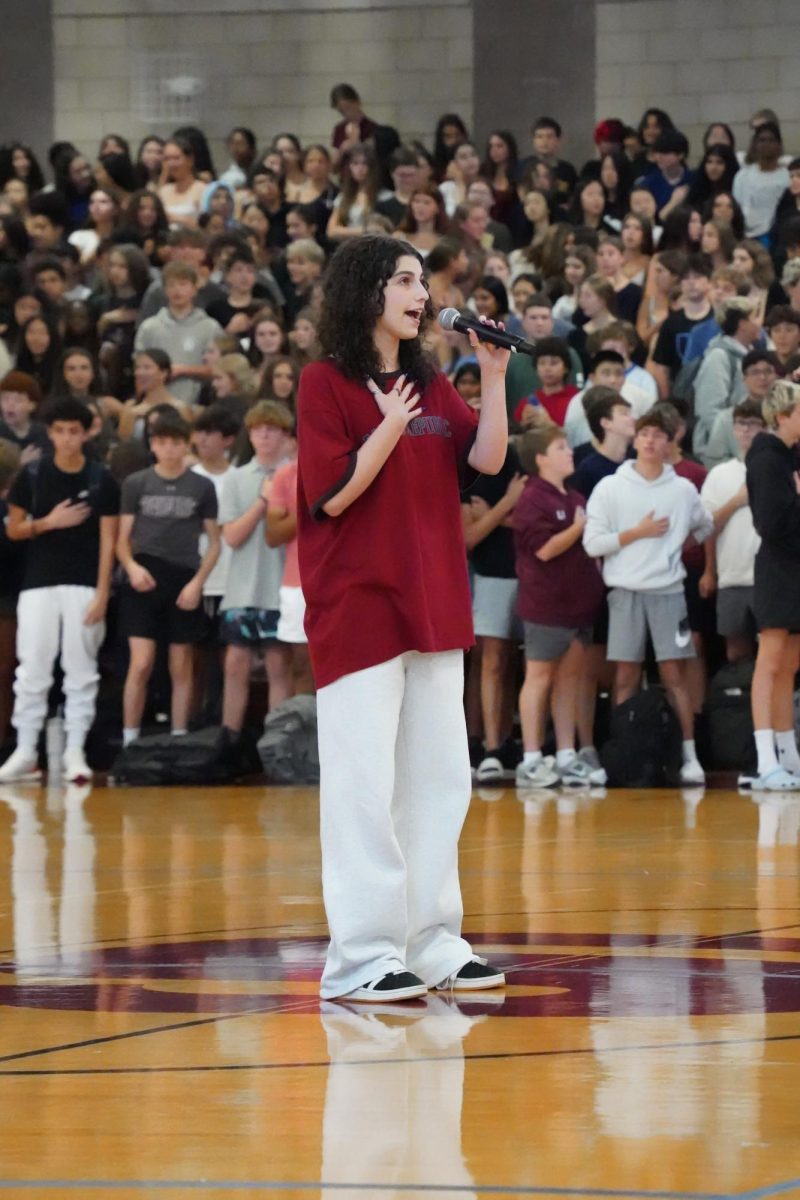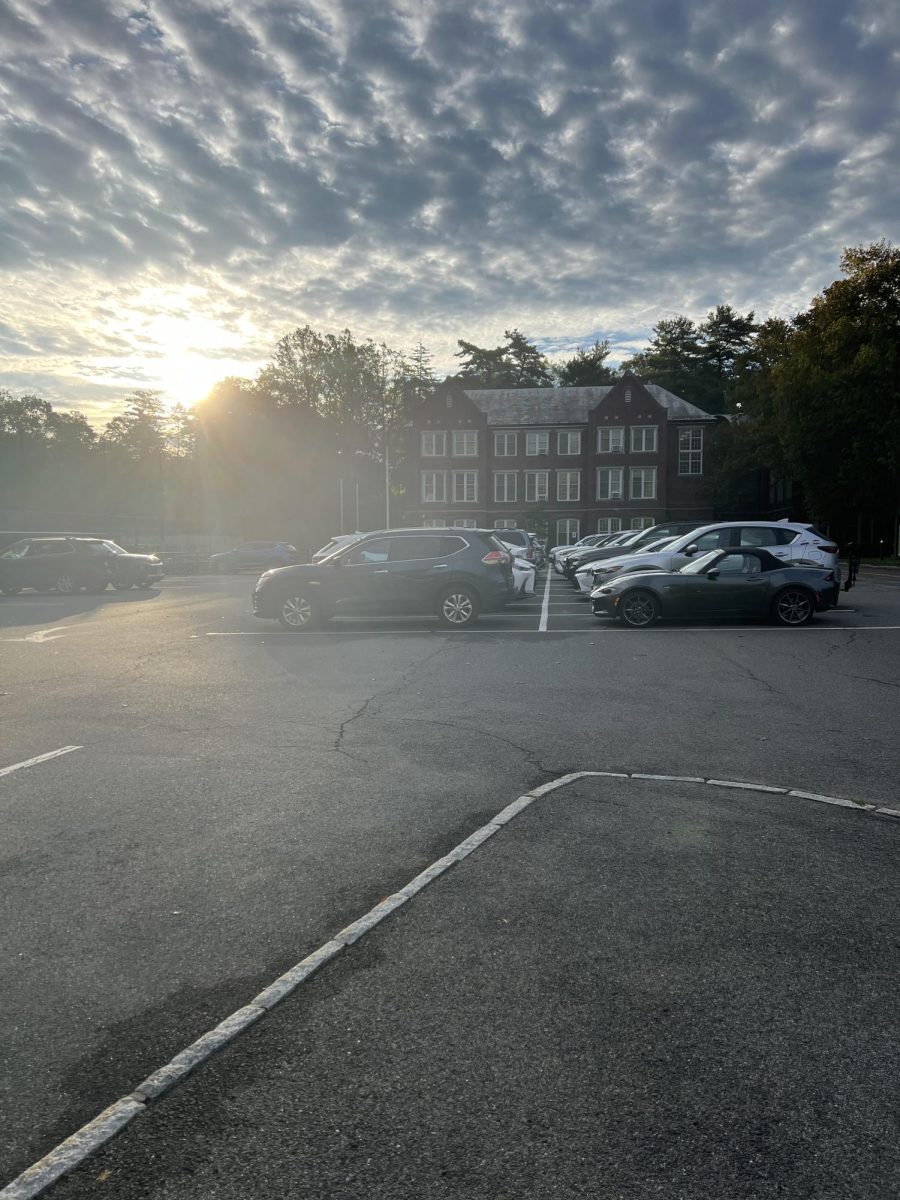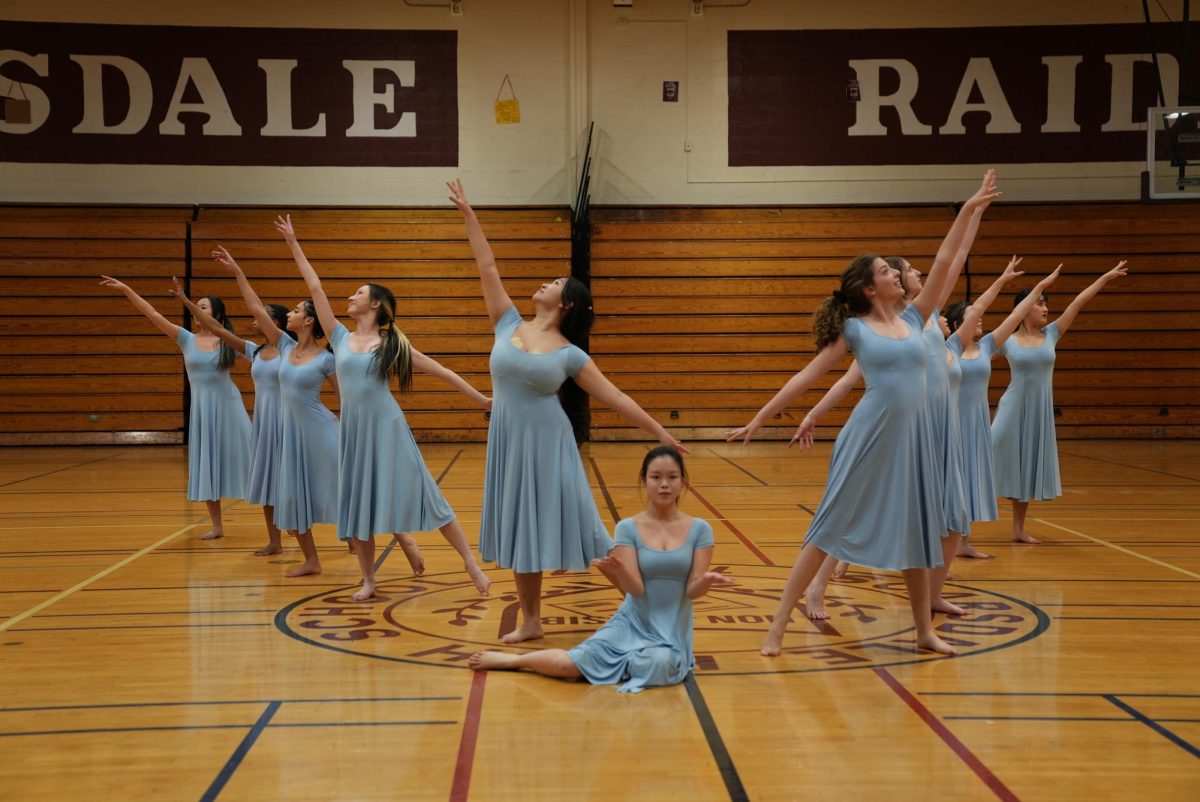First Photo of a Black Hole
June 2, 2019
A photo of a round ring of red and orange, surrounding a gaping emptiness and surrounded by dark nothingness, popped up on newspapers and circulated online. It was the first ever image of a black hole, anchoring an astrophysics concept still shrouded by uncertainty to a real, viewable certainty.
The scientific breakthrough was the result of data analysis and image processing collected over a span of two years, a collaboration among 200 researchers around the world, involving the use of eight radio observatories. The network of radio antennas, collectively named the Event Horizon Telescope, observed Messier 87, a massive galaxy in the Virgo galaxy cluster.
The scientific community is still examining the implications of the breakthrough, but also simply sharing the success. A group of scientists from the Event Horizon Telescope project presented in front of a House Science Committee in early May, discussing their process and the importance of science education and collaboration. The team also presented at numerous conferences focusing on black holes and related research.
In late April, Katie Bouman, a computer scientist from MIT who worked on the project and whose reaction to the black hole picture also went viral, opened the annual Nerquam conference at MIT in Boston, MA. According to its website, Nerquam’s aim is to “promote interaction and collaboration among the New England community of scientists working on various aspects of Active Galaxies, Quasars, and Jets”— all concepts related to the study of black holes.

One of the twenty-five attendees was a Scarsdale student. Sara Bali ’20, a member of the SHS Science Research program, was invited by her research mentor to attend the conference. She is working with her mentor on Active Galactic Nuclei (AGN), extremely luminous sources of energy that are believed to be powered by a supermassive black hole. “My mentor and I are focusing on soft excess, an emission feature found in the spectra of AGN at energies around 1 to 2 keV. What remains unusual about soft excess is that it possesses extremely powerful qualities, something unusual for matter found at lower temperatures,” explained Bali.
Bali first discovered her love of black holes through her father. “[My father’s] passion for physics and math was breathtaking.. and his love for astronomy and for the unknown completely amazed me! By reading deeper into black holes, and learning more about the mysteries behind it, I fell in love with the science and could no longer stop myself from learning more and more,” said Bali. At the Nerquam conference attended mostly by undergraduate and graduate students, professors and researchers famous in their field, the group participated in a day-long program of presentations interlaced with casual discussion breaks. Bouman talked about how she and her team overcame the various errors and difficulties they encountered in processing the picture of the black hole. Others presented on various advancements and discoveries found in their research on black holes, graphical models, and other techniques on analyzing AGNs.
At Nerquam and other conferences, scientists passionate about black holes excitedly discussed the picture and other advancements. For Bali, who was able to have a “two minute” conversation with Bouman herself, the experience was unforgettable. “Having the opportunity to talk to these individuals and learning more about their projects was incredible and awe-inspiring,” explained Bali. Perhaps the pictorial breakthrough will not only inspire scientists in the field to continue their research, but also draw interest from young and aspiring students to look into the evasive black holes.

